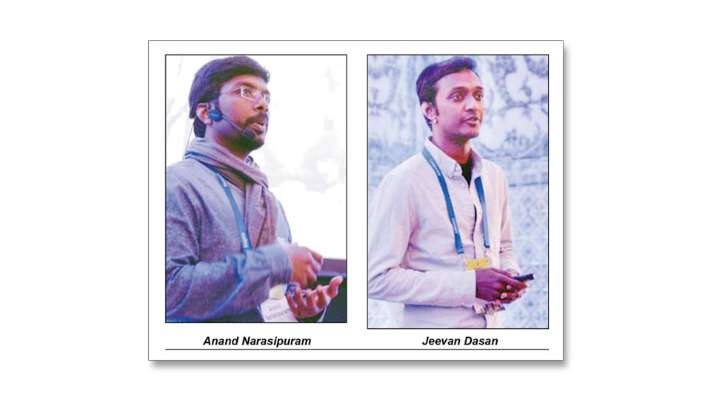
It has been 25 years of conservation of art and material heritage for the INTACH Chitrakala Parishath Art Conservation Centre (ICKPAC), which is commemorating its milestones this month.
The centre was established on July 22, 1993 as a collaboration between the Indian National Trust for Art and Cultural Heritage (INTACH) and Karnataka Chitrakala Parishath (CKP). Apart from catering to the conservation needs of government and private institutions, as well as individuals, in Karnataka, the centre has also helmed conservation projects in neighbouring States.
It is also a designated Manuscript Conservation Centre (MCC) under the National Mission for Manuscripts (NMM) project of the Department of Culture, Government of India, for conserving paper and palm leaf manuscripts.
To commemorate its 25 years of work, the centre will organise ‘Simhavalokana’, an exhibition, from Monday to Wednesday at the D. Devaraj Urs Gallery, CKP. The exhibition will have on display artworks restored by ICKPAC, along with informative panels on the organisation, its history, activities and objectives.
Mrinalini Mani, centre co-ordinator, ICKPAC, said techniques used at the centre for conservation would also be demonstrated during the exhibition. Visitors will also be able to consult a team of conservators about artworks they own.
Projects
ICKPAC is an organisation under INTACH Conservation Institutes that undertakes conservation of works of art brought to the laboratory by individual owners, art collectors and custodians. ICI-Bengaluru also works at sites from where artworks cannot be brought to the lab.
ICKPAC officials said that so far, a large number of paintings of different types — including oil paintings on canvas and on bromide-paper, water colours, traditional paintings of the Mysore and Tanjore styles, paintings on glass, miniatures and other artworks such as prints from the colonial period to the present, metallic objects, wooden sculptures, papier mâché articles, and leather puppets — have been conserved at the centre.
source: http://www.thehindu.com / The Hindu / Home> News> Cities> Bengaluru / by Staff Reporter / Bengaluru – July 21st, 2019






